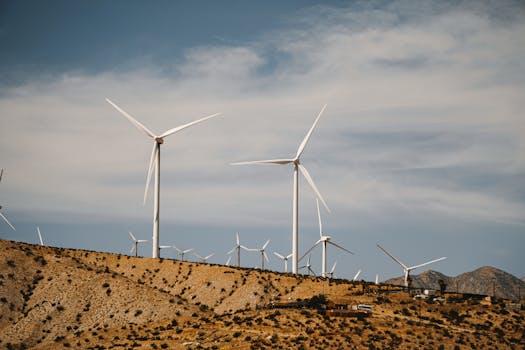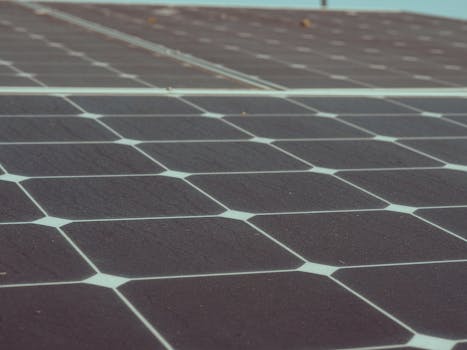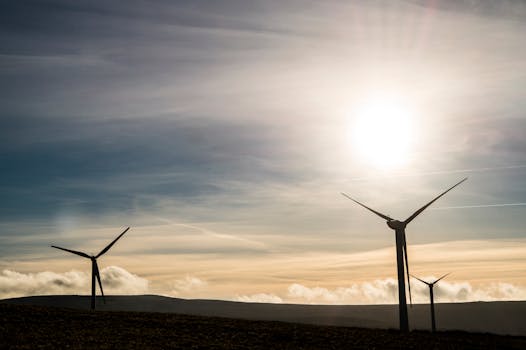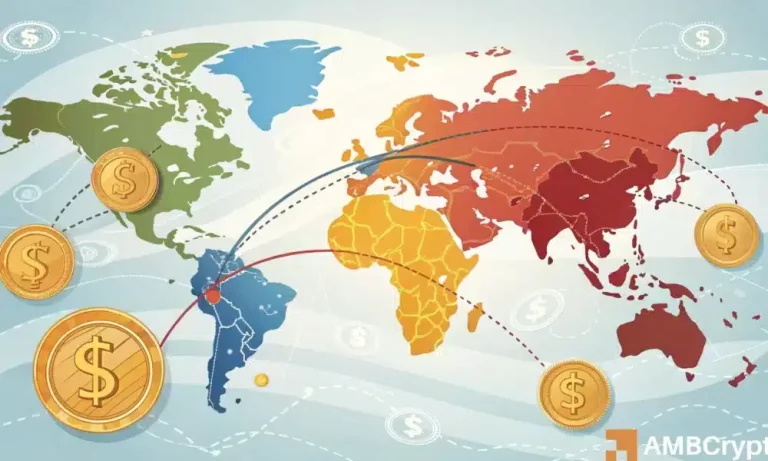
Sustainable Living: Emerging Trends for 2025
Focus Keyword: Sustainable Living

Sustainable living is becoming increasingly important as the world grapples with climate change, pollution, and resource depletion. As we move into 2025, several emerging trends are expected to shape the future of sustainable living. In this article, we will explore some of the most significant trends that will impact the way we live, work, and interact with the environment.
Section 1: Eco-Friendly Homes

One of the most significant trends in sustainable living is the rise of eco-friendly homes. These homes are designed to minimize their impact on the environment, using materials and systems that reduce energy consumption, waste, and pollution. Some of the key features of eco-friendly homes include:
- Solar panels and renewable energy sources
- Energy-efficient appliances and lighting
- Sustainable building materials, such as reclaimed wood and low-carbon concrete
- Green roofs and walls, which provide insulation and reduce energy consumption
- Rainwater harvesting and greywater systems, which reduce water consumption and wastewater
Section 2: Sustainable Transportation

Another significant trend in sustainable living is the shift towards sustainable transportation. As concerns about climate change and air pollution grow, people are looking for alternative modes of transportation that are more environmentally friendly. Some of the key trends in sustainable transportation include:
- Electric and hybrid vehicles, which reduce greenhouse gas emissions and air pollution
- Public transportation systems, such as buses and trains, which reduce the number of cars on the road
- Cycling and walking infrastructure, which encourage people to use active modes of transportation
- Car-sharing and ride-sharing services, which reduce the number of cars on the road and promote more efficient use of resources
Section 3: Renewable Energy Sources

Reneable energy sources are becoming increasingly important as the world transitions away from fossil fuels. Some of the key trends in renewable energy include:
- Solar energy, which is becoming increasingly cost-competitive with fossil fuels
- Wind energy, which is being used to power homes, businesses, and industries
- Hydro energy, which is being used to power homes and businesses
- Geothermal energy, which is being used to power homes and businesses
Section 4: Sustainable Food Systems

Sustainable food systems are critical for reducing the environmental impact of food production and consumption. Some of the key trends in sustainable food systems include:
- Organic and regenerative farming, which reduce the use of synthetic fertilizers and pesticides
- Local food systems, which reduce transportation emissions and support local economies
- Plant-based diets, which reduce greenhouse gas emissions and promote more efficient use of resources
- Reducing food waste, which reduces the amount of energy and resources required to produce, transport, and consume food
Section 5: Conclusion

In conclusion, sustainable living is a critical aspect of reducing our impact on the environment. As we move into 2025, several emerging trends are expected to shape the future of sustainable living. From eco-friendly homes to renewable energy sources, sustainable transportation, and sustainable food systems, there are many ways to reduce our impact on the environment and promote a more sustainable future.





